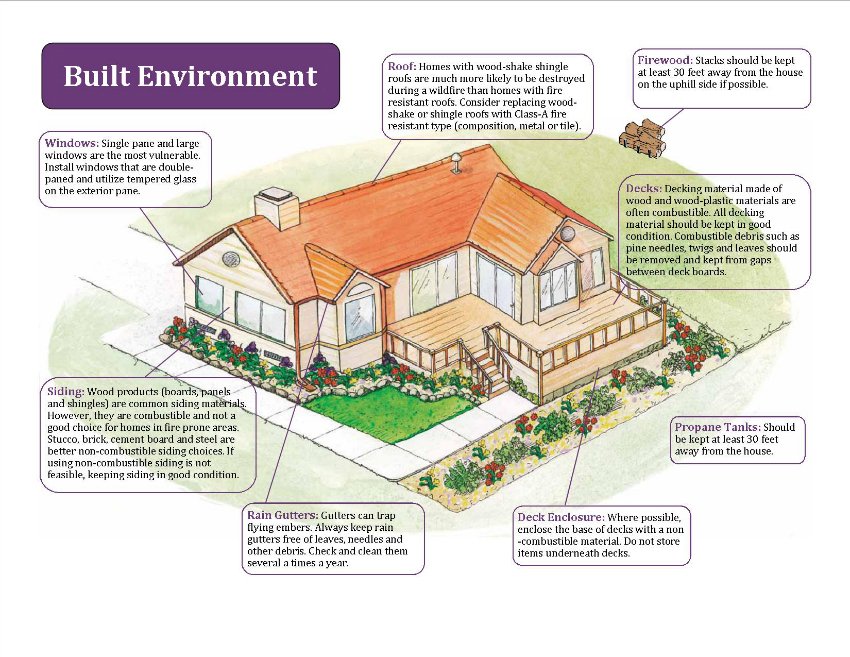Protect Your Home…Before It's Too Late
By Sophie Jarek, WellKind Forestry Intern
Sophie Jarek was an intern for WellKind Forestry during our summer 2022 session, exploring wildfires and other environmental topics.
With record-high heat and dryness, the fire season in the United States has been growing longer and longer each year. As climate change worsens due to burning fossil fuels, we sadly can only expect this trend to continue. According to the National Fire Protection Association (2020), there were “490,500 structure fires in the United States in 2020” alone, increasing almost 2% from just 2019.
Along with this, between 2013 and 2017, “house fires cost Americans $6.5 billion every year” (U.S. Fire Administration, 2017). Without a clear view of our world’s next step to combating climate change, it is important to know what you can do in order to save your home.
Climate Change effects
Before learning about what you can do to help save your house from a fire, it is important to know why we have to be doing this in the first place.
In our day and age, you have probably heard the phrase “climate change” quite frequently, as it is one of the most pressing issues of our present and future. Going more in depth, “in the last 100 years, humans have greatly changed the chemical composition of the earth’s thin atmospheric layer” (Hartley, 2003). This all being in direct result of burning coal, oil, gas, and forest clearing. Due to these changes in chemistry, our ecosystems, societal health and economy are all put in grave danger. One of those dangers is faster, more destructive and more frequent forest fires.
How to Protect Your Home
When protecting your home from fires, it seems almost impossible to do anything to prevent it from going up in flames—but just a little maintenance can go a long way in saving all your memories. First, let’s start with the importance of fire embers; or should I say the risks of them.
It was reported that “between 60 to 90 percent of homes lost to wildfire are due to embers carried by wind ahead of a fire” (McDermott, 2021).” This scary fact is essentially saying if an ember were to land on your roof, window, or vent, it can ignite, setting a house on fire.
But before we get into these not-so-comforting what-ifs, here is what the experts recommend: start with your house itself, and then move to the landscaping. Some of these preliminary tasks will include: cleaning your roof and gutters of debris that could potentially catch embers, moving any flammable materials away from house exterior (i.e: mulch, firewood piles, leaves), and replacing any missing or broken roofing, siding, or tiles to prevent ember penetration (NFPA, 2020). In general, some of the best and most fire resistant siding for your home is steel or fiber cement. Not only are these two great for fire protection, but also for other intense weather conditions, due to its great durability.
Source: West Region Wildfire Council, 2022
As you make your way out of the house and into your landscaping, or “immediate exterior zone” of your house, it is recommended to clear vegetation from under any large propane tanks, keep lawns and native grasses mowed to a height below 4 inches, and ensure that tree canopies are no closer than 10 feet from your house (FHWA, 2007).
Now more than ever, hardening your home against fires needs to become a priority. Taking these measures can be all it takes to keep your home and family safe and protected.


